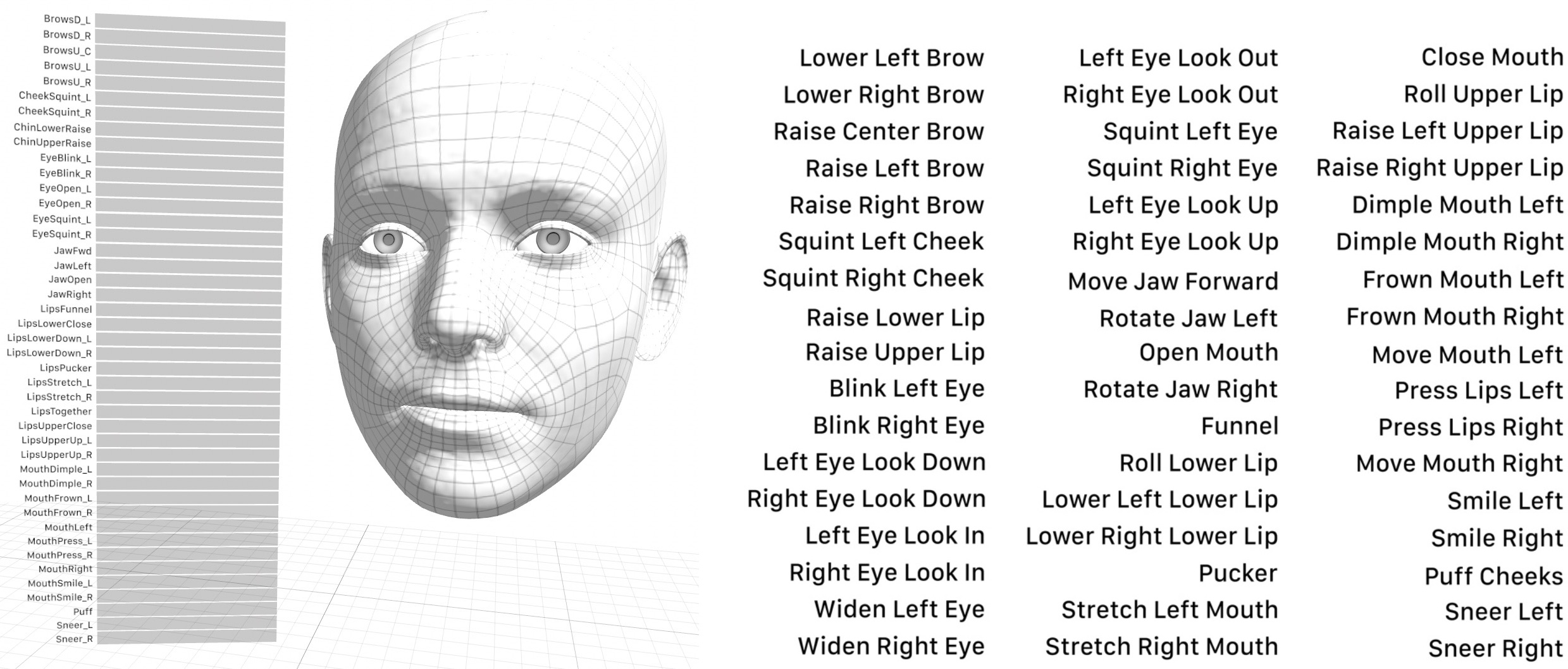
Reports have cropped up online claiming that one of the marquee iPhone X features, called Animoji, doesn’t require depth sensors built into the new TrueDepth camera system.
The Animoji feature relies on both RGB and depth data provided by the TrueDepth camera in order to accurately track and apply the user’s facial muscle movement to an animated emoji.
As such, Animoji is an iPhone X exclusive feature that isn’t available on older handsets.
But popular YouTuber Marques Brownlee claimed in his video review of iPhone X Wednesday that Animoji could in fact work on older iPhones as well. Gizmodo also claimed that Animoji might not need the 3D-sensing capabilities afforded by the TrueDepth camera.
“You can even cover up a portion of the TrueDepth modules with your finger or a piece of tape without infringing on the iPhone X’s ability to generate cartoon floating heads,” Gizmodo said.
However, as Brownlee later tweeted, Animoji actually uses data from the infrared camera and depth sensors for better accuracy. “Apple told me they wouldn’t want a worse Animoji experience for other iPhones without those sensors,” he added.
Update: Talked to Apple about Animoji: It does actually use data from the IR and depth sensors for better accuracy. Apple told me they wouldn’t want a worse Animoji experience for other iPhones without those sensors. Props to @reneritchie for this article: https://t.co/Yml7SQ54Eq
— Marques Brownlee (@MKBHD) November 15, 2017
So how come then that Animoji can sometimes seem like it’s working normally even when parts of the True Depth camera are covered up? And why if you cover the RGB camera, it stops.
Business Insider offers a viable explanation:
Apple’s True Depth camera doesn’t take a 3D reading continuously. Instead, it takes measurements at set intervals, or what’s called a sampling rate, although Apple didn’t comment on the specific sampling rate. When Animoji seem to remain responsive even after the IR sensor is covered, the system could still be going off of an earlier reading.
The first depth reading is taken when the user starts Animoji.
In other words, if you cover up the left side of the notch where the infrared camera is located before using Animoji, performance will be degraded.
iMore acknowledged as much, saying the infrared system on the TrueDepth camera fires periodically to update a crude depth mask while the RGB camera persistently tracks and matches facial movement and expressions.

“Snapchat might make it easier to picture: Snapchat has had popular face matching filters for a long time,” explains iMore’s Rene Ritchie. “With iPhone X and the IR system, it can track and match them much, much better. Cover TrueDepth, though, and you get the same old tracking and matching you always had.”
Pro tip: to record a purposefully flawed Animoji, cover the TrueDepth sensors.
Should Apple have made a sloppy version of Animoji for older iPhones?
Sound off in the comments!